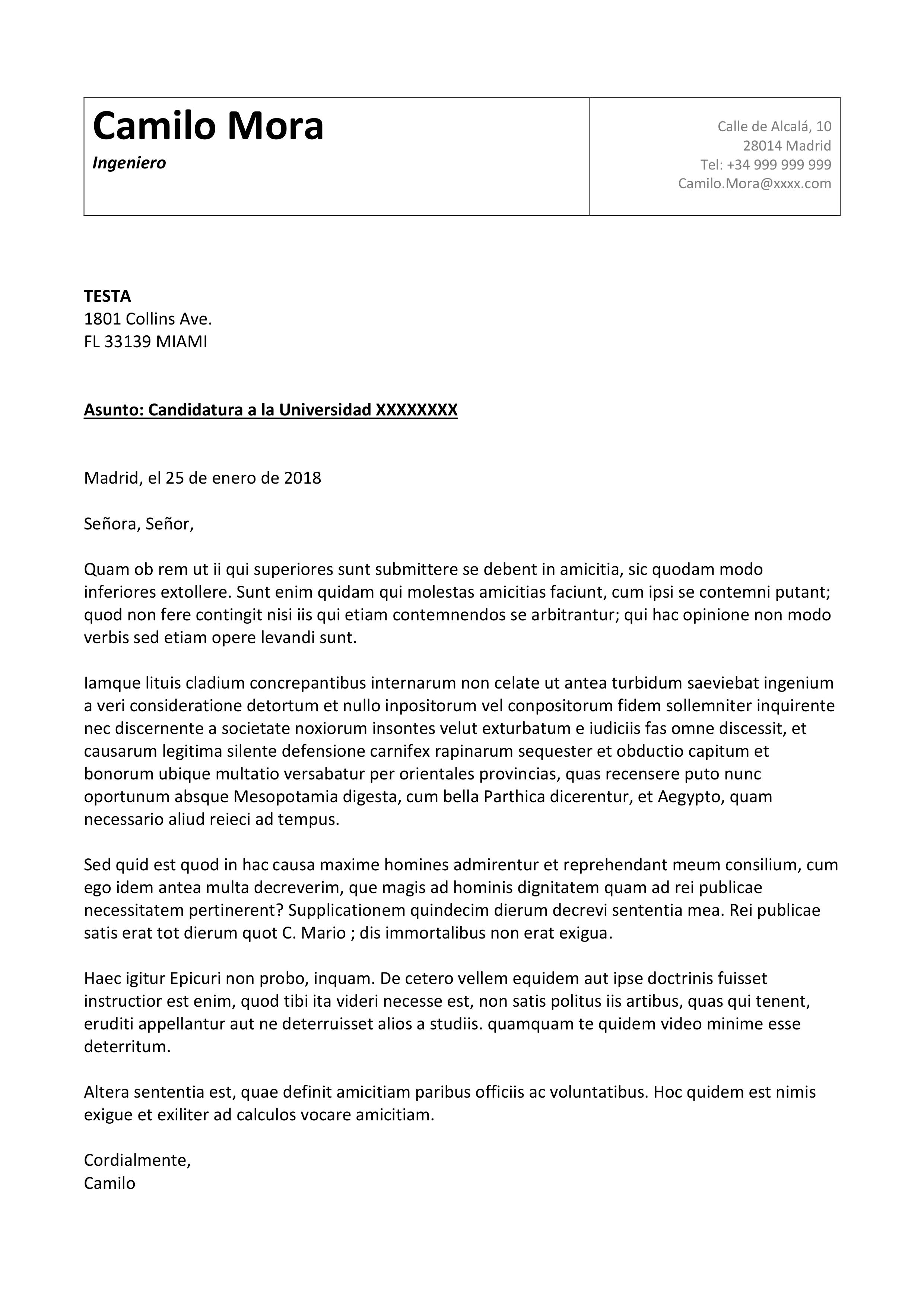I have the traditional 'Essex' type pump primer, and I suspect it's leaking fuel into the #1 cylinder (I only have the primer line plumbed into the #1). The symptoms are: #1 CHT and EGT are both slightly low. The EGT is 100 deg lower and the CHT is 20 deg lower than the other cylinders on climbout. When I prime before startup, the primer is 'flat' and takes several pumps until the primer has fuel in it. The spring seems to be OK since I have to push against it to lock the plunger. It sure seems like the outlet valve is leaking through.

Primer E is the most effective method for bonding to nonporous, dense substrates before installing self-leveling underlayments subject to high stress. Primer E’s low viscosity makes installation fast and easy, and provides excellent penetration into the substrate and therefore a tenacious bond.
I changed the O-rings but the 'rebuild' kits don't include the seal on the end of the plunger. Does anybody have any advice, please? I would imagine that the primer pump is in a position with it's height above the tank and assume it is upstream of the mech fuel pump.
Krovatka gerkules instrukciya. Terminated Norwegian Long Haul has 22 routes to seven countries on 4 continents from hubs throughout Europe.
I don't see how fuel could flow against gravity to get to the primer pump and flow to the cylinder. If the pump is sitting below the fuel line on the suction side of the fuel pump, it is possible that gravity will allow it to flow to the pump. However, only gravity can get it to the cylinder. If any part if the line between the primer pump and the nozzle is above the the primer pump, the fuel cannot flow without assistance. I have a.01 GPH Gami spread and the spread from my lowest to highest EGT at cruise is about 70-80* (this has more to do with placement of the sensor relative to the exhaust valve).
My CHT spread is about 20* from hottest to coldest and my #1 is the coldest. In the RV, I would expect the #1 cylinder to be the coolest. Assuming the primer pump is not being fed from a pressurized line, I don't see how that circuit could flow enough fuel to make a meaningfull difference in the total flow to that cylinder at cruise. That pump should have two check valves. The fact that one is bad (intake), doesn't mean the other (outflow) is, though it is a decent possibility. In order for fuel to flow through freely, both check valves would have to be bad.
Further, I would also expect the design to prohibit flow when in the locked position, but have never seen a design diagram for one of these. This is a safety issue that I can't imagine was overlooked in the design of a TSO'ed part. EDIT: I just looked a picture of one of these primers. It looks like the check valvles are are ball/spring and those don't typically wear; They are typically only frozen closed due to gum/varnish or forced open due to debris.
Not likely that both would fail open, allowing free flow through the chamber, unless you had a lot of debris flowing through it. As long as one check valve is working, fuel can't flow through it, at least without pressure greater than gravity. Failed o-rings on the piston will not allow flow from inlet to outlet. Thanks for your thoughts, Larry. My primer is located below my header tank, so it has a small fuel pressure on it at all times. It's also located below the level of the cylinder but, with the engine running, the vacuum in the intake would suck the fuel uphill if there were a leak in the outlet check valve. I guess I'm going to have to remove the unit from the panel (a real PITA) to inspect/repair the check valves.
(I changed the O-rings by just removing the plunger.) I'm sure as heck not going to buy a new primer for $550. Thanks for your thoughts, Larry. My primer is located below my header tank, so it has a small fuel pressure on it at all times. It's also located below the level of the cylinder but, with the engine running, the vacuum in the intake would suck the fuel uphill if there were a leak in the outlet check valve.
I guess I'm going to have to remove the unit from the panel (a real PITA) to inspect/repair the check valves. (I changed the O-rings by just removing the plunger.) I'm sure as heck not going to buy a new primer for $550. Clearly gravity alone is not pulling fuel through the primer and into your intake chamber or you would know about it, as your fuel would eventually move from your header tank to your sump, floor, etc. I suggest pulling the line off the nozzle at the cylinder and put 5-10' of vacuum on it (about what you'll see at cruise power) and looking for fuel flow.